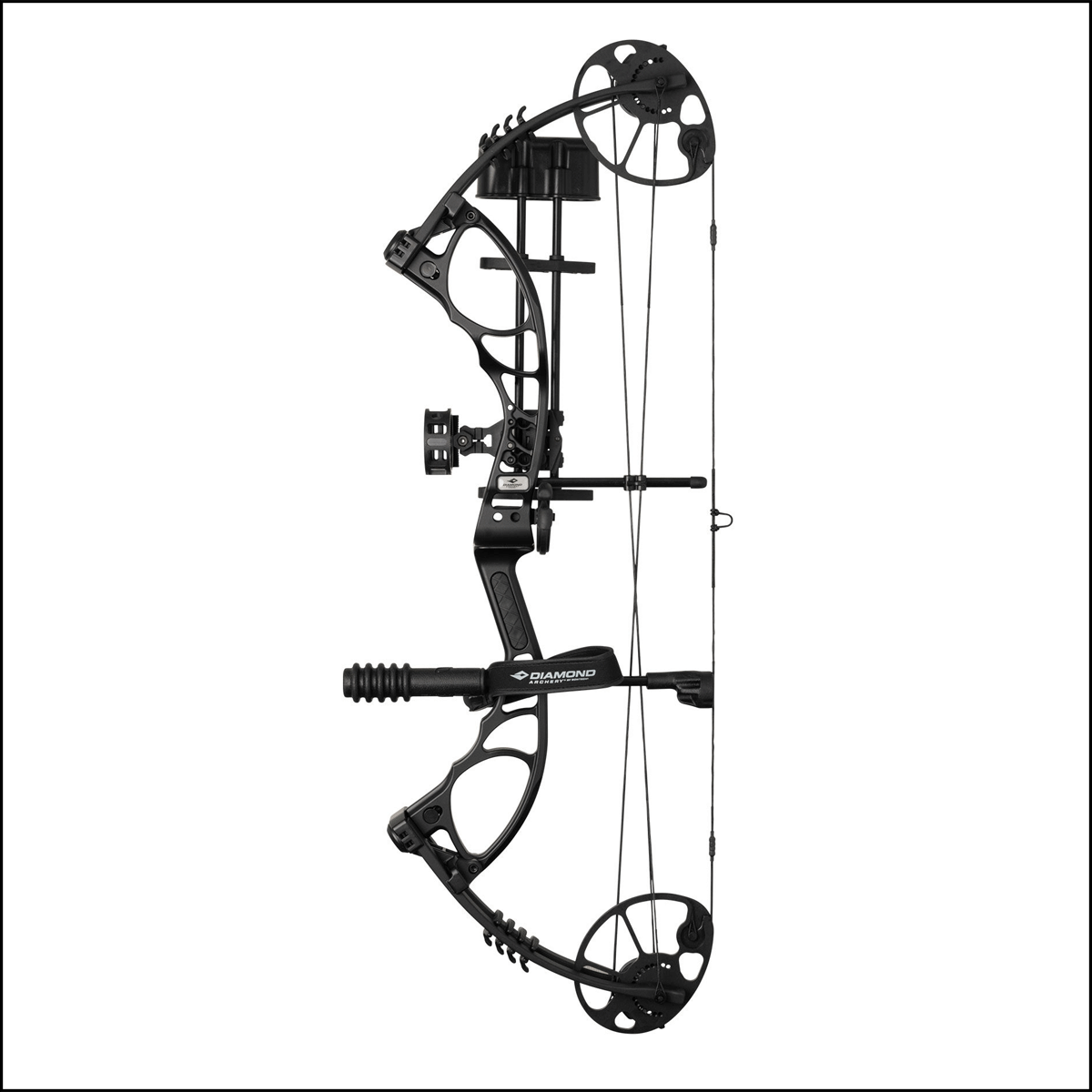Maximize Your Archery Precision With These Bow Stabilizer Methods
In the world of archery, attaining optimal accuracy is a quest that requires thorough attention to detail and method. One critical element that can substantially influence your performance is the proper use of bow stabilizers. These often-overlooked devices hold the possible to elevate your shooting efficiency to brand-new elevations, yet only if employed correctly. By checking out the nuanced techniques of choose, mounting, and fine-tuning bow stabilizers, archers can unlock a realm of precision that may have formerly eluded them. Whether you are an experienced archer aiming to refine your skills or a newbie anxious to boost your precision, mastering these bow stabilizer techniques could be the key to hitting your mark with unparalleled uniformity.
Benefits of Making Use Of Bow Stabilizers
Using bow stabilizers can dramatically improve an archer's precision and overall efficiency by minimizing bow torque and resonance. Additionally, bow stabilizers moisten vibration, which not only boosts the comfort of capturing yet likewise protects against the bow from jumping upon launch, thus helping in keeping proper purpose.
Moreover, bow stabilizers can assist in holding the bow constant, especially throughout windy problems or when shooting from longer distances. The included weight at the front of the bow offers security and balance, permitting the archer to concentrate on intending without the diversion of bow motion. On the whole, the benefits of making use of bow stabilizers prolong beyond just precision, enhancing the archer's experience and efficiency in various shooting scenarios.
Selecting the Right Bow Stabilizer
Picking the ideal bow stabilizer is crucial for enhancing your archery devices and boosting shooting efficiency. Much heavier stabilizers can aid lower bow torque and soak up more vibration, leading to a steadier aim.

Last but not least, think about the design of the stabilizer. Some stabilizers include flexible weights or dampeners that allow you to personalize the equilibrium and feel of your bow. Inevitably, explanation choosing the appropriate bow stabilizer involves discovering an equilibrium between weight, product, design, and size to boost your shooting precision and total performance.
Appropriate Installment Techniques
To guarantee ideal efficiency and safety in archery, grasping correct installment techniques for your bow stabilizer is crucial. The first step in setting up a bow stabilizer is to determine the correct placement on your bow.
Following, safely attach the stabilizer to the bow using the appropriate placing equipment. Some stabilizers come with flexible weights that can be added or gotten rid of to tweak the equilibrium of your bow.

Changing Stabilizer Weight and Size
After making certain the correct installment of your bow stabilizer, the next step involves adjusting the weight and length to enhance its performance in improving archery accuracy. The weight of the stabilizer plays a critical duty in decreasing bow activity throughout the shot cycle.
A longer stabilizer can give better stability by enhancing the distance in between the bow and the weight at the end of the stabilizer. On the other hand, a shorter stabilizer provides more ability to move and might be chosen by archers who value dexterity and quick activities throughout shooting.
Advanced Stabilizer Tuning Tips
Achieving optimum bow stability and precision in archery demands a nuanced technique to sophisticated stabilizer tuning. Advanced stabilizer tuning involves fine-tuning numerous parts to boost the bow's equilibrium, minimize vibration, and enhance overall precision. One essential technique is to trying out various stabilizer configurations, consisting of side-bar and back-bar setups, to discover the perfect equilibrium between security and maneuverability for your capturing image source design. bow stabilizer. Additionally, adjusting the angle and positioning of the stabilizer can have a considerable impact on just how the bow responds upon release.
One more essential aspect of sophisticated stabilizer adjusting is optimizing the damping residential or commercial properties of the stabilizer system. This can be attained by incorporating extra Our site wetting accessories such as rubber dampeners or harmonic stabilizers to better reduce vibration and noise. Checking out different materials for the stabilizer building, such as carbon fiber or aluminum, can likewise affect the bow's efficiency by changing its weight circulation and tightness. By diligently make improvements these innovative stabilizer elements, archers can optimize their precision and uniformity on the array or in competitors.
Conclusion
In verdict, optimizing archery accuracy can be attained via the correct selection, installment, and modification of bow stabilizers. Overall, including bow stabilizers into archery technique can lead to enhanced efficiency and enhanced precision.
Utilizing bow stabilizers can significantly improve an archer's accuracy and general efficiency by lessening bow torque and resonance. Longer stabilizers supply greater security and balance, particularly for long-distance capturing, while shorter stabilizers supply more convenience and are simpler to steer in tight rooms (bow stabilizer). Carbon fiber stabilizers are resilient and light-weight, while light weight aluminum stabilizers are robust and supply outstanding resonance wetting
A longer stabilizer can offer better stability by enhancing the distance between the bow and the weight at the end of the stabilizer.Another important facet of advanced stabilizer adjusting is maximizing the damping buildings of the stabilizer system.